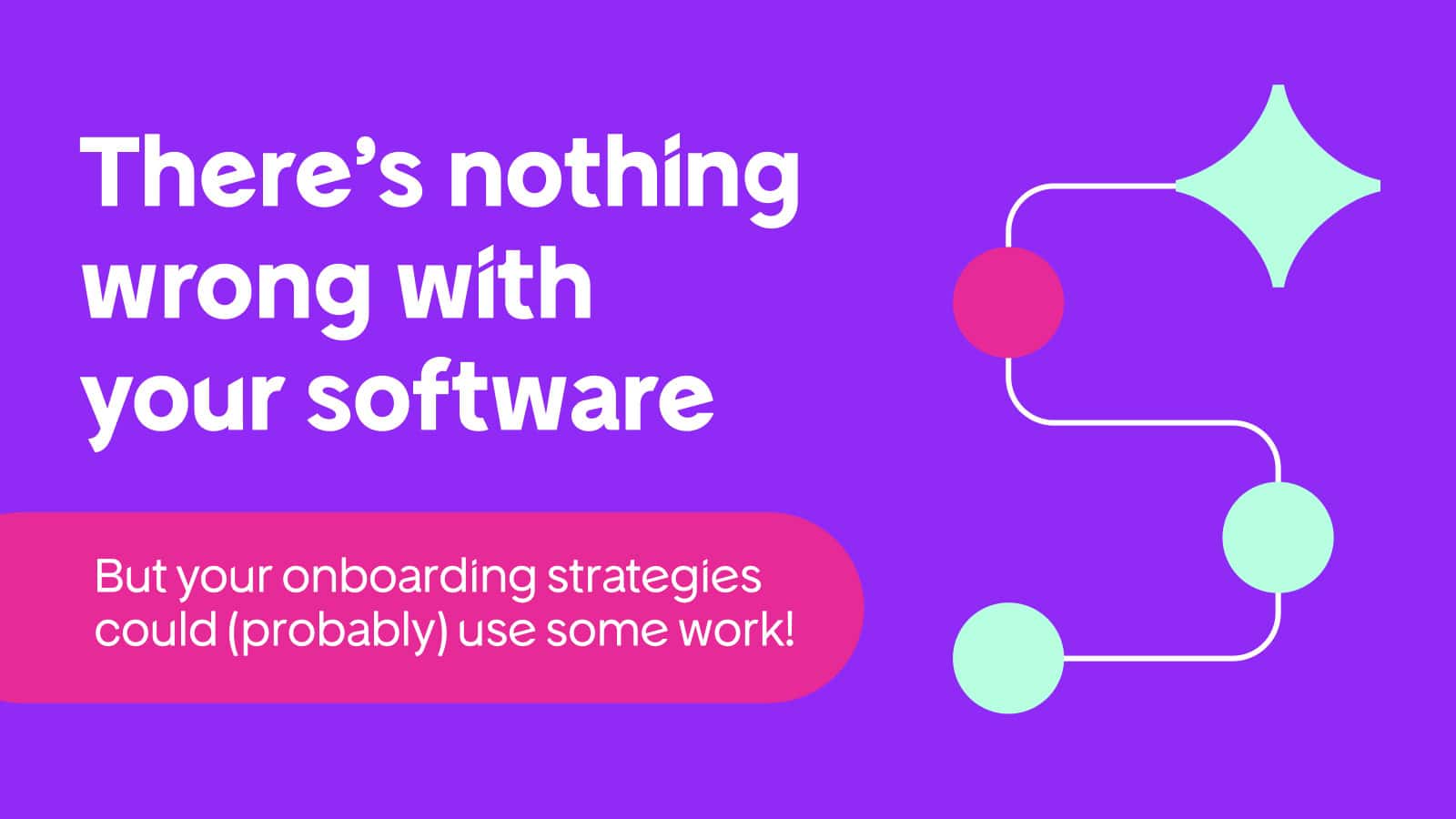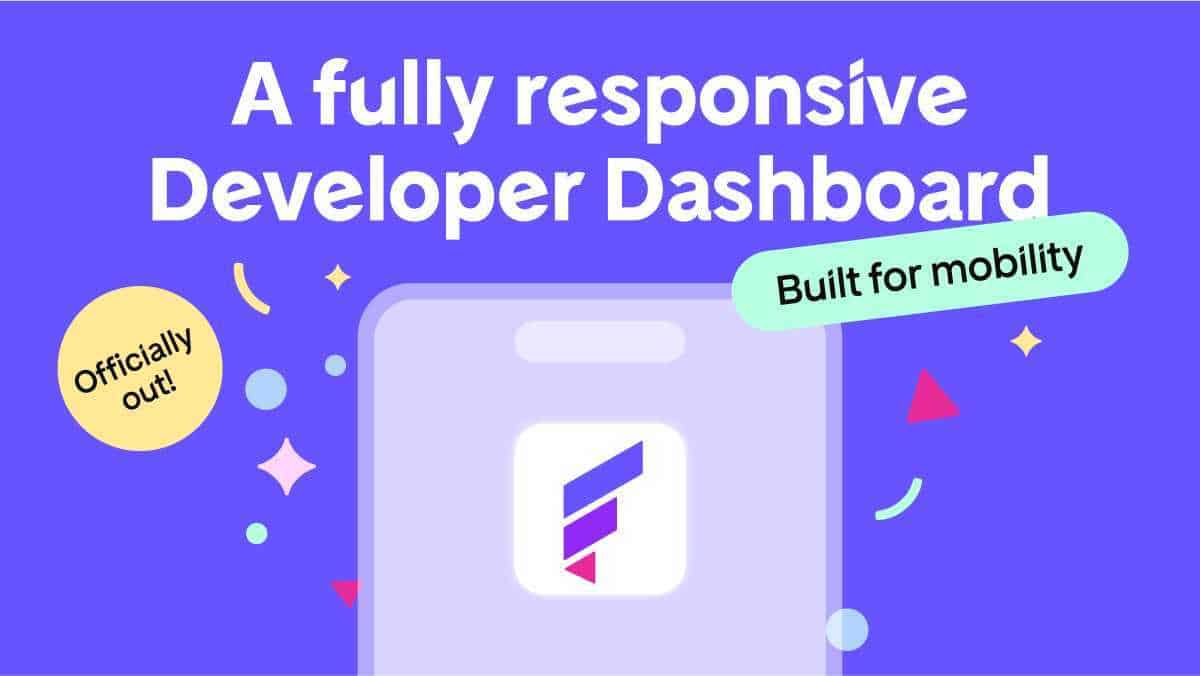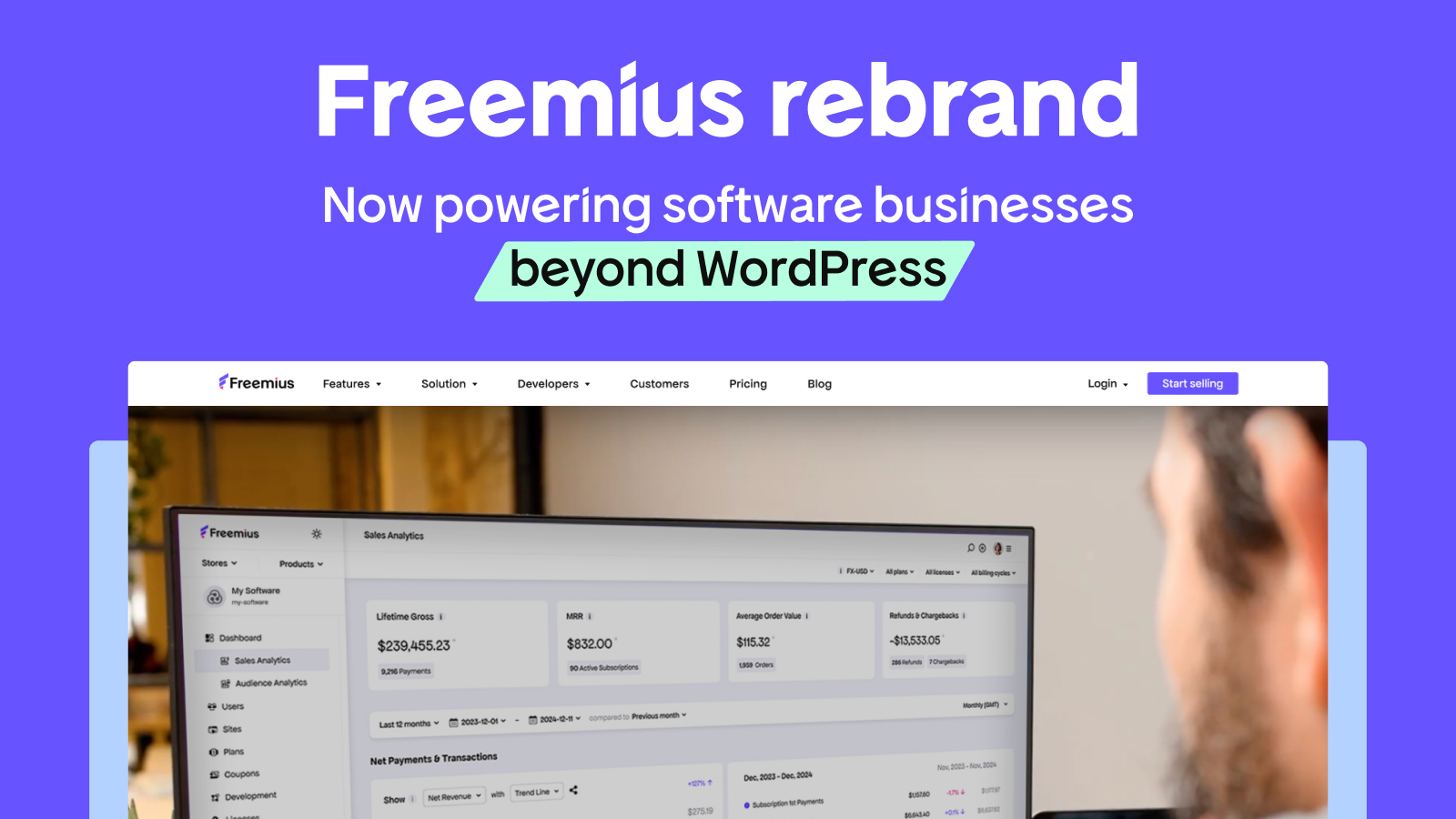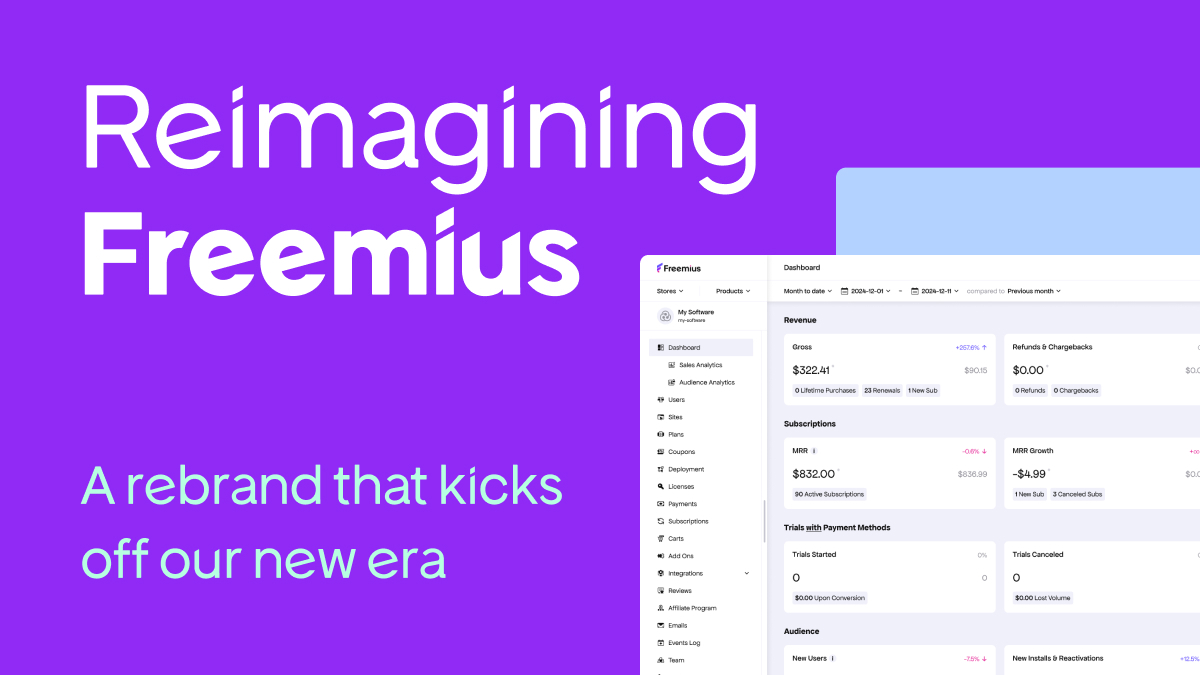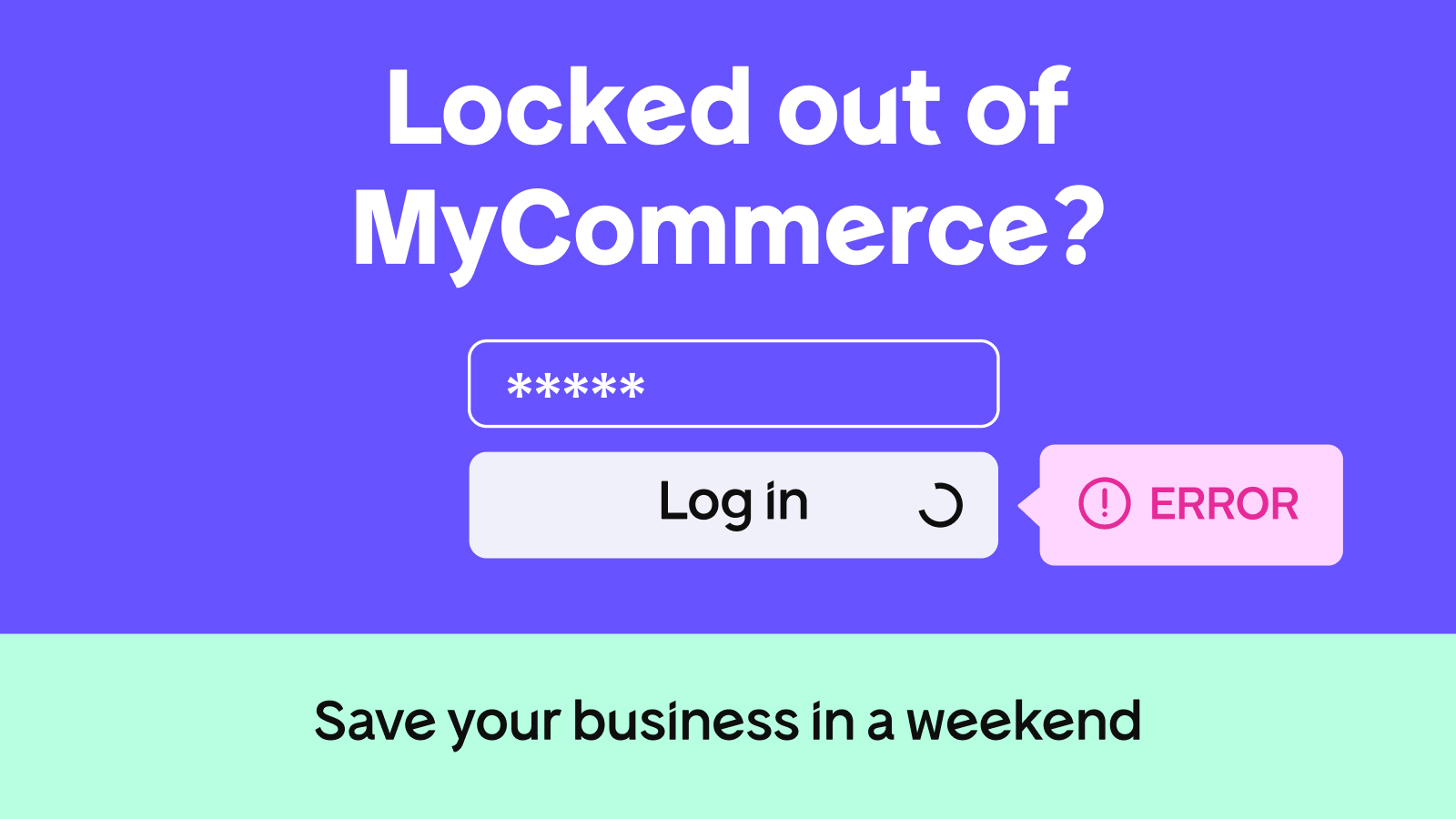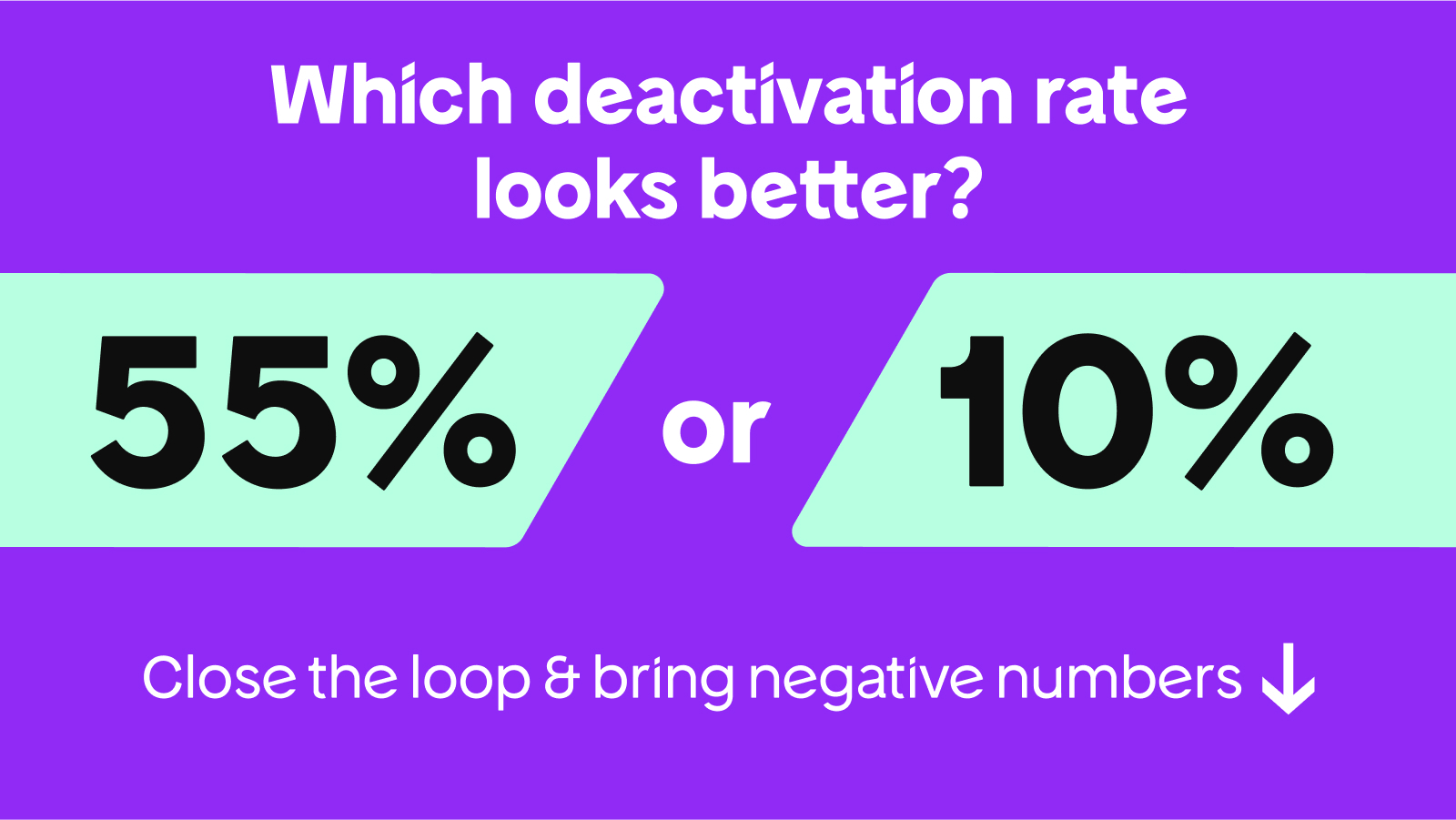|
|
Getting users to buy or sign up is just the first step, but true adoption happens when your product becomes essential to their daily workflow.
The challenge? Even the best products get overlooked if users don’t experience their value fast enough.
In this article, we’ll break down practical software adoption strategies, with insights from two experts:
- Robert Abela, CEO and founder of Melapress. His tireless work ethic and growth mindset have seen him turn a solo venture into a suite of security tools trusted by enterprises like Amazon, Bosch, Disney, and Yellow Pages. You can learn more about his journey in No Shortcuts, Just Hard Work.
- Ken Carroll, the co-founder of digital marketing and web development agency Integris Design. Ken has extensive experience helping clients increase software adoption to grow their businesses.
What Is Software Adoption and Why Does It Matter?
Software adoption is the process of users recognizing the value of your product and integrating it into their daily workflows. It’s not just about getting people to try your software — it’s about ensuring they engage with it consistently and rely on it over time.
Strong adoption rates lead to higher revenue, lower churn, and organic growth through word-of-mouth. Users who see ongoing value are more likely to remain engaged and recommend your product to others. Robert elaborates:
“A great product backed by solid support naturally builds loyalty. When users feel it truly solves their problems, they stick around.”
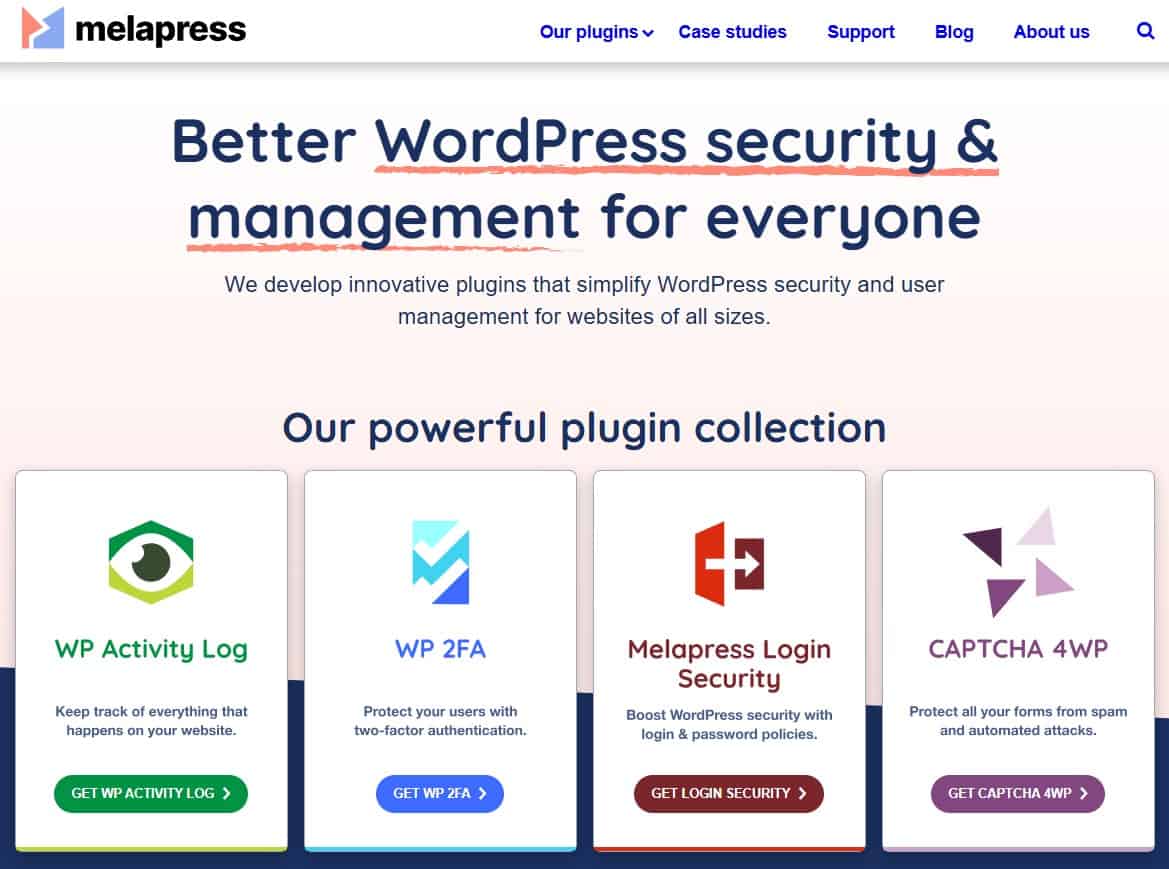
Key Metrics of Software Adoption
Tracking the right metrics is crucial for understanding and improving software adoption. Robert Abela recommends focusing on these key indicators:
- Active users: The number of users who interact with your product regularly. Active users are a direct reflection of engagement and product value.
- Churn rate: How many users stop using your product. A high churn rate indicates your product isn’t delivering enough value to engage users. Find out how to address this issue in 4 Low-Hanging Fruits to Reduce Customer Churn and Increase Subscriptions Renewal Rate.
- Engagement metrics: Feature usage rates, user interaction with core functionality, number of sessions per user, etc. Monitoring engagement pinpoints which features users love and which need improvement.
- Conversion rates: Track how many free users upgrade to a paid plan. Conversion rates reflect how well you showcase your software’s value to users.
For Robert, the Freemius Developer Dashboard is a crucial tool in his decision-making process. Beyond standard sales metrics like revenue and churn, he closely monitors technical data, such as the PHP, WordPress, and plugin versions users are running.
“If a large number of users are still on outdated PHP versions, we have to decide: Do we limit the feature for backward compatibility, or do we encourage users to upgrade?” To address this, his team sends proactive messages to users on unsupported PHP versions, educating them on the benefits of updating.
Similarly, tracking plugin version adoption rates helps identify potential roadblocks.
“If we notice that many users aren’t updating, we follow up with targeted emails. Sometimes, they’re unaware of the latest improvements,” he says.
Let’s dive into tips and strategies to increase software adoption.
Optimize Onboarding and User Experience
Listen to your users and make it easy for them to use and integrate your product(s).
Streamline Onboarding
A seamless onboarding process retains users.
Robert stresses the importance of simplicity: “Developing easy-to-use software is very difficult, but it’s essential. Users should never feel overwhelmed when first using your product, and it’s important to guide them through the setup process with minimal friction.”
Ken echoes this: “Steve Jobs said ‘You have to pick carefully… Innovation is saying no to 1,000 things.’ That idea has stuck with me because it’s so true. Increasing software adoption isn’t about doing more; it’s about doing the right things and cutting out the noise.”
Here’s how you can optimize your onboarding experience:
- Create a guided setup wizard: Walk users through the initial setup, as Robert does with his WP 2FA plugin. “Adding a wizard to guide users through two-factor authentication setup simplified a potentially complex task, leading to a faster adoption rate,” he says.
- Offer contextual help: Integrate tooltips and help options that explain features and functionality in context. This provides immediate clarity, preventing frustration.
- Personalized onboarding: Use user data to customize the onboarding process. For example, if you know a user has a specific use case, tailor the approach to help them achieve their goal faster.
You should also simplify the sign-up and setup process. Any unnecessary steps or barriers will cause users to drop off. Robert shares how — yet again — adding a wizard simplified WP Activity Log’s setup, resulting in higher user retention. “Instead of presenting a complicated settings page, the wizard provided clear, step-by-step instructions for setting up the plugin,” he explains.

Ken highlights how simplifying the onboarding experience was key when transitioning users to new platforms. “We focus on what really matters, eliminating unnecessary steps that might overwhelm or frustrate new users,” he shares. “My team streamlines the sign-up process by asking only for essential details and offering a free trial without requiring a credit card.”
“To ease the transition further, we hold off on additional data collection — like branding information — until users have already experienced the platform’s value. We also ensure users can leave easily by offering simple data export options. This approach encourages users to stay longer, as they know they aren’t trapped.”
“The easier it is for users to start using your product, the more likely they are to stick with it.” — Robert Abela, Melapress.
Highlight Quick Wins
Help users quickly experience the value of your product. “Our WP Activity Log plugin, for example, sends regular email summaries, showing users their website’s activity logs in action — even if they’re not actively reviewing them,” Robert says. “This simple feature keeps users engaged while reinforcing the product’s value.”
Iterate Based on Feedback
The best way to optimize your product is by actively listening to users.
Robert explains, “Support tickets are our most engaged user interactions. To make sense of trends, we use a tagging system to categorize issues, whether they’re about a specific feature, bug, or common frustration. Over time, we track how many tags accumulate for different issues, helping us prioritize improvements.”
Beyond support tickets, the team maintains detailed spreadsheets tracking feature requests and frequently reported problems. By consistently reviewing this data, they can identify patterns that might not be obvious from isolated cases.
For example, when launching WP 2FA, Robert and his team discovered that email delivery was the biggest challenge — something they hadn’t anticipated. “After a few months, we realized that 60-70% of our support cases were about users not receiving authentication codes,” he explains. “Many users had misconfigured email settings on their websites, causing them to get locked out.” Upon further investigation, they found that this issue wasn’t unique to WP 2FA but affected other WordPress two-factor authentication plugins as well.
The team took action by improving onboarding guidance, providing clearer troubleshooting steps, and integrating fallback mechanisms to reduce email-related failures. “As a result, we saw a significant drop in support requests and a smoother experience for our users,” Robert says.
While meeting users’ needs is essential, you also need to incorporate strategies to draw them to your software product(s).
Using Sales Tactics to Drive Adoption
Using inbound and outbound sales strategies and optimizing your sales funnel can be a breakthrough for increasing software adoption.
Inbound Sales Strategies
Inbound marketing is one of the most cost-effective ways to drive software adoption.
Robert leveraged content marketing and organic engagement to promote his plugins: “I spent a lot of time creating blog posts and participating in online forums, focusing on educating users about the importance of activity logs and security. I also contributed to WordPress security discussions, where I could naturally mention the value of logging systems.” This organic outreach helped build trust and grow his user base.
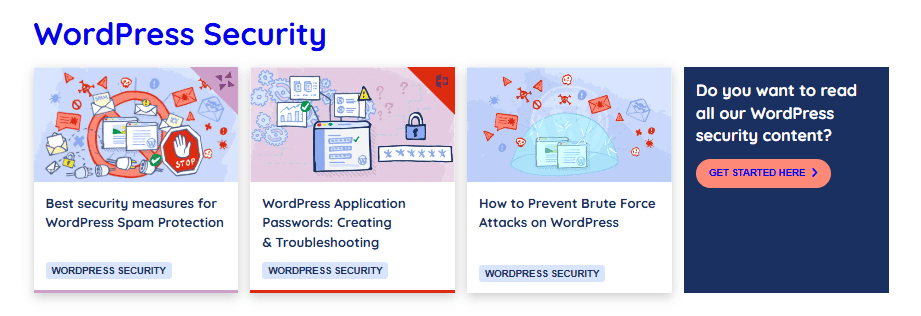
Here’s how you can implement inbound strategies:
- Guest blogging: Write guest posts on industry-related websites to build credibility and expand your reach.
- Webinars and podcasts: Use these platforms to educate potential users about your product and its benefits.
- Forums and social media: Engage in relevant communities where your target audience spends time. Provide value by answering questions and offering solutions before directly pitching your product.
To learn more, check out our article Proven Inbound Sales Strategies to Sell Your Software Products.
Outbound Sales Strategies
Robert says that outbound sales strategies — like cold calling — may not be the best fit for low-cost software. “It doesn’t make sense financially. If you’re sitting on the phone for 30 minutes trying to sell your plugin to someone, you’re losing money.” However, he believes that proactive outreach can still help. “Tailored follow-ups and upsell emails can inform free users of the benefits of premium features,” he says.
To understand if outbound is the right approach for you, have a look at these articles:
- Outbound Software Sales: How To Create an Outbound Sales Strategy for Your Software Products
- 15 Outbound Sales Tools to Accelerate Growth of Your Software Business
Optimizing the Sales Funnel
An effective sales funnel ensures users move smoothly from awareness to purchase. For instance, Robert uses drip email campaigns for free trial users, gradually introducing them to premium features as they explore the product. These emails are gentle reminders of the value users can unlock by upgrading, significantly improving conversion rates.
To optimize your own sales funnel, map out the user journey from the moment they first interact with your product until they make a purchase. Ensure each step in the journey adds value and guides the user closer to the point of conversion.
For more information, have a look at our video The Marketing Funnel Explained:
Additionally, check out our article Analyzing and Optimizing Sales Funnels for WordPress Plugins.
Do you know what goes hand-in-hand with sales? The answer:
Effective Marketing and Building Community
To increase software adoption, you can reach and grow users in your niche by following these steps.
Build Trust Through Support
Customer support is one of the most powerful marketing tools available. Robert’s approach is to ensure that every support email is answered by a real person. “Whenever a user replies to an email, a human will answer. It makes a huge difference in trust and retention,” he says.
Leverage Social Proof
Showcasing testimonials builds credibility. For example, Melapress uses case studies to highlight how agencies use their plugins to streamline operations, attracting similar clients in the process.
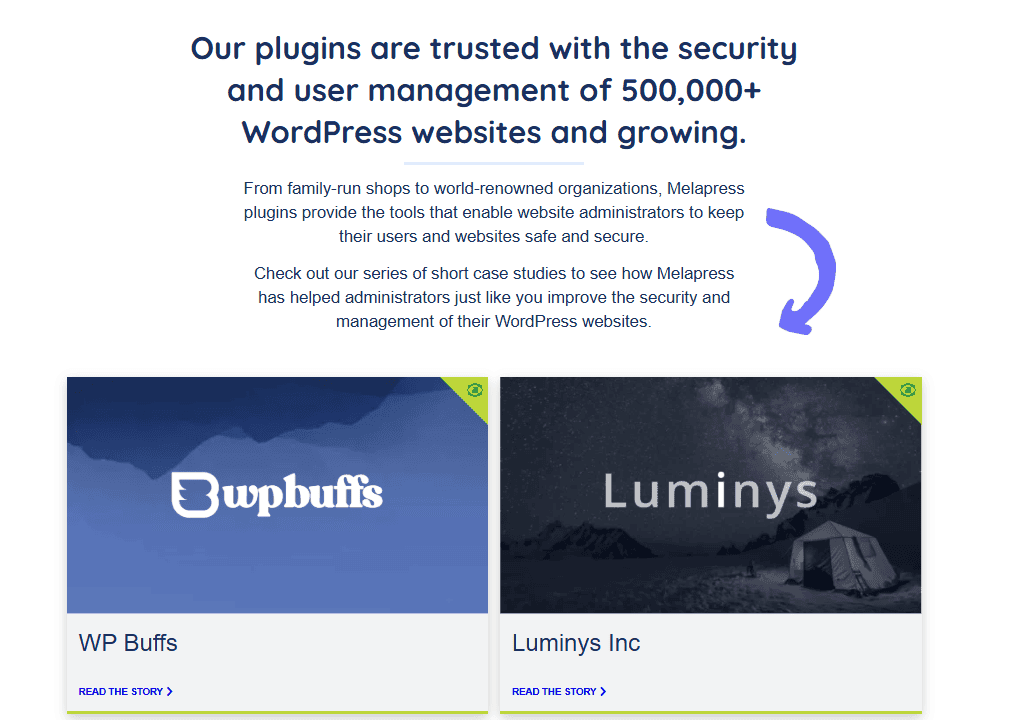
Build a Community Focused on Outcomes
Ken shares how launching community initiatives, such as forums and social media spaces, transformed user engagement and adoption for their clients. “One of the biggest lessons we’ve learned is this: people aren’t buying your software — they’re buying a solution. It’s not about the product itself; it’s about the result it delivers and how it improves lives,” he says.
Drawing inspiration from Edward Bernays’ principles on public relations, Ken explains that successful messaging should tap into deeper desires and emotions. His team shifted from focusing on product features to creating spaces where users could share their success stories and wins.
“For example, rather than creating a forum to discuss features, we built spaces where users could talk about how the software solved their problems,” Ken explains. “This outcome-focused approach emotionally connected users to the product, making them advocates for the brand.”
The final tool to increase software adoption? Using data to guide your decisions.
Analyzing and Adjusting Based on Data
You can gain insights by focusing on the following techniques:
Focus on Retention
Retention is just as important as acquisition when it comes to software adoption. Robert emphasizes, “Making sure that users are getting value from your product every day is what keeps them around. Once they stop using your product, it’s much harder to get them back.”
Tracking retention metrics like daily active users (DAU) and monthly active users (MAU) helps you measure engagement and product stickiness. Monitoring churn can also reveal early warning signs. If users drop off after a specific stage (like the end of a trial), investigate why and take action.
For example, Robert’s team reduces churn by following up with users who stop renewing their licenses. “Sending emails a few months later to check in often re-engages users and uncovers hidden issues. We found cases where users forgot to install the plugin or removed it during troubleshooting. Reaching out reminded them of its value,” he explains.
A solid retention strategy can include:
- Proactive check-ins (e.g., a few months after a purchase or at renewal time).
- Nurturing campaigns that provide educational content to keep users engaged.
- Personalized messages that address specific user needs or pain points.
Gain Actionable Insights Through Heatmapping
Ken highlights the power of heatmaps for solving software adoption challenges. “It lets us see exactly how users interact with a webpage — whether they’re clicking in frustration, ignoring key areas, or moving their cursor in unexpected ways,” he explains.
He recalls when his team identified that a critical call-to-action on a landing page wasn’t receiving the expected engagement. Heatmaps revealed the issue: users’ cursors hovered near the button but rarely clicked, as it was buried under irrelevant content. After moving the button to a more prominent spot and simplifying the surrounding text, engagement increased significantly, leading to better adoption rates.
By pairing heatmapping with tools like Google Analytics and direct user feedback, Ken’s team made simple, data-driven tweaks that drove meaningful results. “Sometimes it’s the small adjustments — like moving a button or reordering content — that make the biggest impact,” he says.
Leverage Data from the Freemius Developer Dashboard
Robert tracks plugin and PHP versions to ensure new users can adopt the software without technical roadblocks. By analyzing this data, his team prioritizes features that align with users’ actual setups, making adoption smoother.
When they noticed many users were running outdated versions, they sent targeted emails encouraging updates. This not only improved the user experience but also ensured more users could access the latest features — removing friction and increasing adoption.
Turning Adoption into Success
By focusing on user engagement, seamless onboarding, and data-driven improvements, you can ensure that users not only try your product but stick with it. As Robert shares, “It’s about showing people why they need your product and making sure they understand how it solves their problems.”
With the right combination of onboarding and user experience, sales tactics, marketing, and data analysis, you can transform adoption from a one-time hurdle into an ongoing journey. The best part? Nurturing a loyal customer base is the magic trick to continue growing your product’s success.

